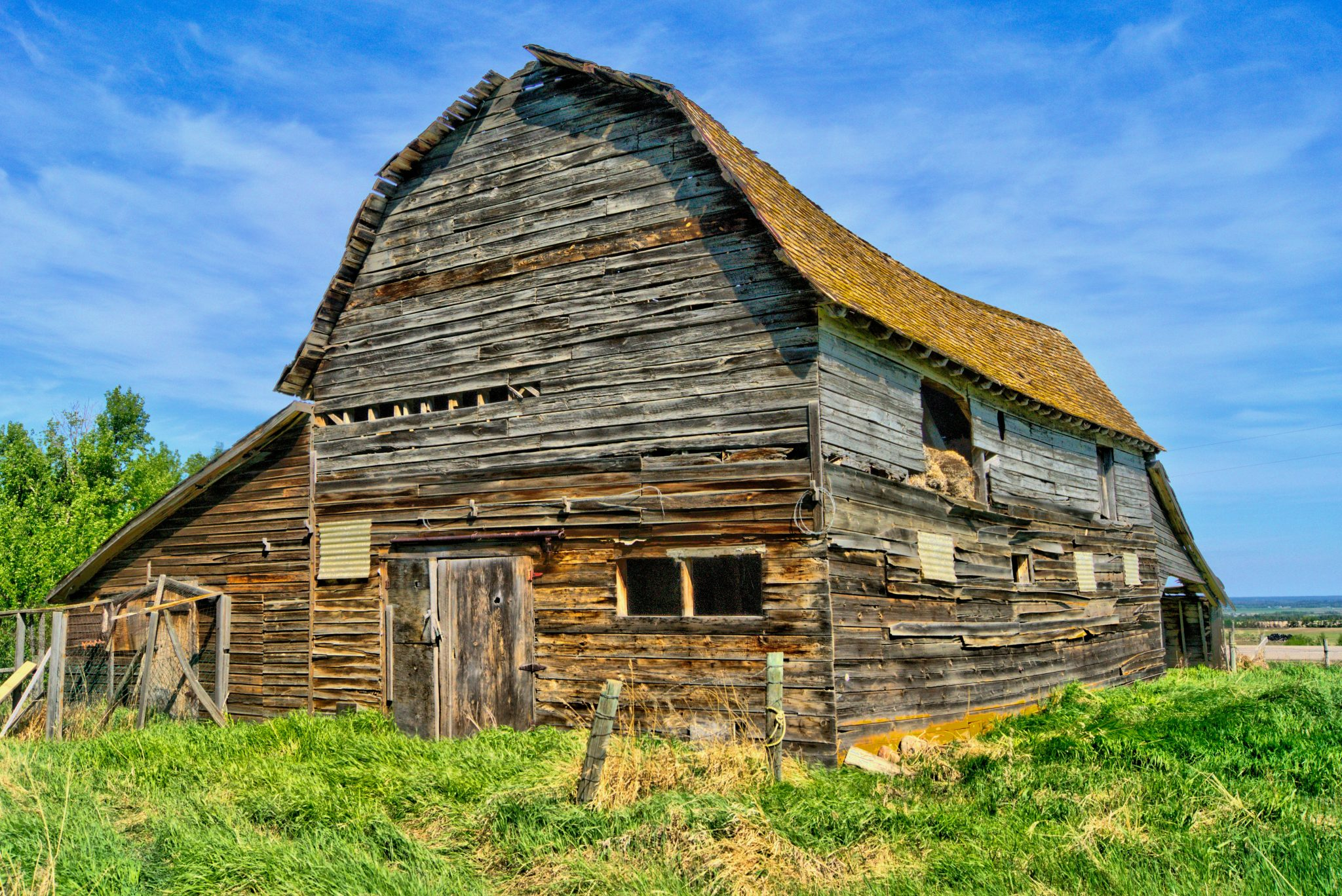Historic Preservation Incentives for Homeowners
For homeowners, preserving the history and character of their homes is important not only for personal satisfaction, but also for the community as a whole. However, the costs associated with maintaining and preserving these historic properties can often be a deterrent for homeowners. Fortunately, there are a variety of incentives available to help alleviate these costs and encourage homeowners to take on the responsibility of preserving their homes. In this article, we will explore the different types of historic preservation incentives offered to homeowners and how they can benefit from them.
The Importance of Historic Preservation
Before we dive into the incentives available, it is important to understand why historic preservation is significant. Historic homes and buildings are not only a source of pride and nostalgia for homeowners, but they also contribute to the character and charm of a community. They are a tangible link to the past and serve as a reminder of our shared history and culture. By preserving these properties, we are not only maintaining our heritage, but also contributing to the economic and cultural vitality of our communities.
The Types of Historic Preservation Incentives Available
Tax Credits
Tax credits are one of the most commonly used incentives for historic preservation. These credits work by allowing homeowners to deduct a portion of the costs associated with preserving their historic property from their federal income taxes. In order to be eligible for these credits, the property must be listed on the National Register of Historic Places or located within a designated historic district. The amount of the credit varies, but can range from 10% to 30% of the total costs incurred.
Grants
In addition to tax credits, grants are also available to homeowners for historic preservation. These grants are typically offered by local government agencies and non-profit organizations and can cover a portion of the costs associated with preservation projects. Unlike tax credits, grants do not require homeowners to have a certain income or tax liability in order to be eligible. However, the availability and amount of grants can vary depending on the location and the specific requirements of each program.
Property Tax Exemptions
Another incentive often used for historic preservation is a property tax exemption. These exemptions work by reducing or eliminating a homeowner’s property taxes for a certain period of time. This can provide significant savings for homeowners, especially in areas with high property tax rates. In some cases, the exemption may also be extended to cover any additions or renovations made to a historic property, as long as they are in accordance with preservation guidelines.
Low-Interest Loans
For homeowners looking to finance their preservation efforts, low-interest loans are available through various organizations and agencies. These loans offer lower interest rates than traditional loans, making them a more affordable option for homeowners. Some organizations also offer specific loans for different types of preservation projects, such as energy-efficient upgrades or the restoration of historic windows.
How Homeowners Can Benefit From These Incentives
With the availability of these incentives, homeowners can save a significant amount of money on their preservation projects. This not only makes it more affordable to maintain historic homes, but also provides an incentive for homeowners to take on these projects. By utilizing these incentives, homeowners can not only preserve the history and character of their homes, but also contribute to the overall preservation of our cultural heritage.
Conclusion
In conclusion, historic preservation incentives are an important and valuable tool for homeowners looking to maintain their historic properties. They not only provide financial assistance, but also serve to promote the significance of historic preservation and its benefits for communities. By taking advantage of these incentives, homeowners can play a crucial role in preserving our shared heritage for future generations to appreciate and enjoy.










